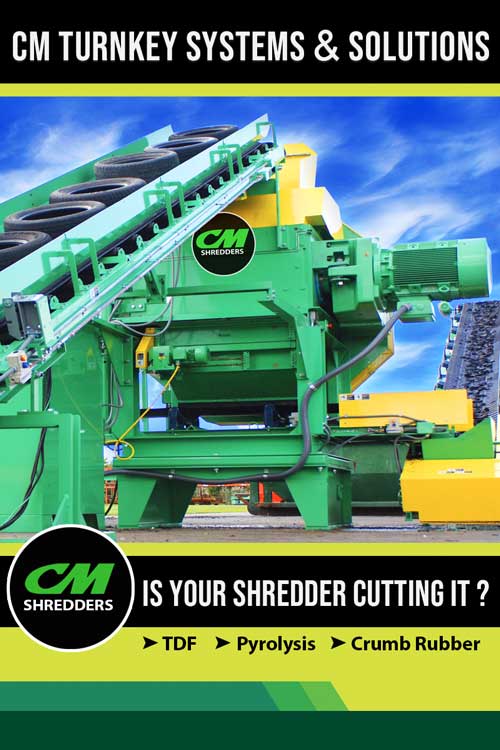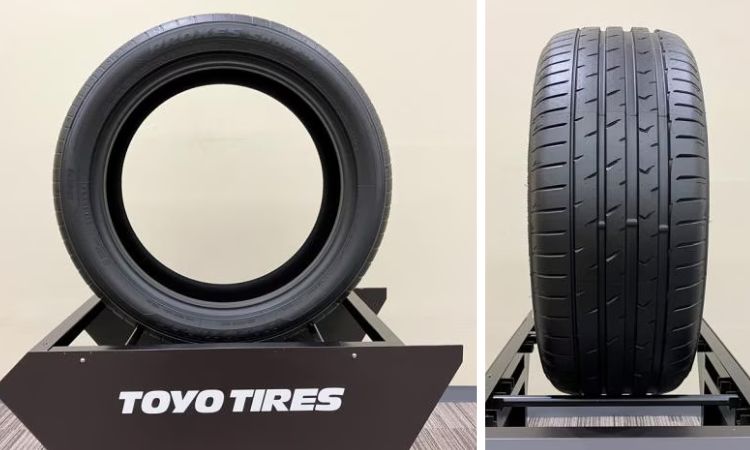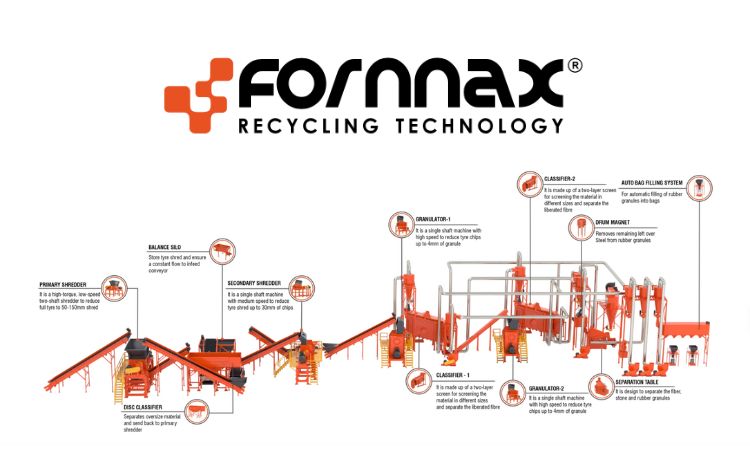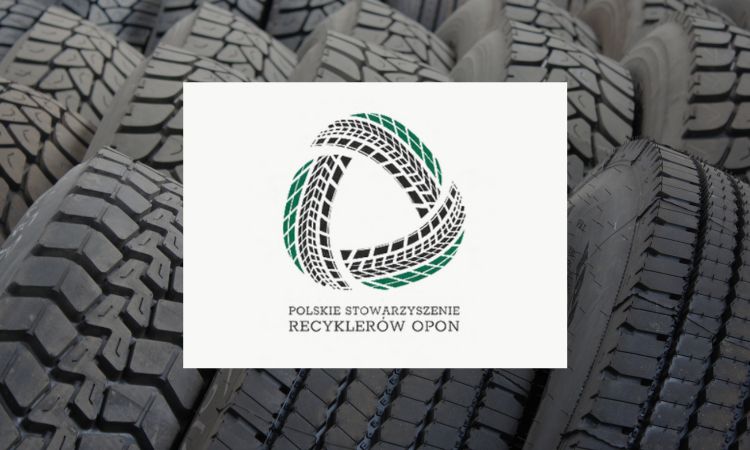Waste tire steel fibers show promise for concrete reinforcement despite workability challenges
A new study published by Nature explores the potential of using steel fibers recovered from waste tires as a sustainable alternative to manufactured steel fibers (MSF) in concrete reinforcement. With more than one billion tires reaching end of life annually and an estimated half a million tons of recoverable steel fiber generated in Europe each year, the research addresses both a waste management issue and an opportunity to reduce the construction industry’s environmental footprint.
The experimental program tested concrete samples containing waste tire steel fibers (WTSF) at 0.25%, 0.5%, and 1% by volume, comparing their performance to both plain concrete and MSF - reinforced mixes. A total of 84 specimens were evaluated for workability, compressive strength, tensile strength, and flexural strength. The results revealed clear trade-offs: while WTSF provided measurable mechanical benefits, it also introduced significant challenges in handling and consistency.
The study found that adding WTSF led to a severe reduction in workability, with slump values decreasing by 87.5% to 100% depending on content — considerably more than the 37.5% to 62.5% decrease observed with MSF. Compressive strength also declined by 6.4%, 30%, and 46% for the three WTSF ratios, attributed to fiber agglomeration and residual rubber contamination. By contrast, MSF slightly improved compressive strength at lower addition rates.
Despite these drawbacks, WTSF enhanced tensile and flexural properties — key indicators of crack resistance and post - failure toughness. Tensile strength improved by up to 38% and flexural strength by up to 19%, compared to control samples. Although MSF performed better overall (67% and 40% gains respectively), WTSF still demonstrated clear mechanical value, particularly at moderate contents (around 0.5%).
The researchers concluded that while WTSF cannot yet match MSF in structural performance, it represents a viable and more sustainable option for certain applications. They recommend its use in non-load-bearing or secondary structural components — such as pavements, partitions, or non-structural walls — where moderate strength loss is acceptable. Future studies should focus on improving fiber dispersion and minimizing clumping to fully leverage the environmental advantages of recycled steel.
The full study, “Evaluation of the mechanical behavior of concrete reinforced with waste tire steel fibers,” is available at Nature.
Weibold is an international consulting company specializing exclusively in end-of-life tire recycling and pyrolysis. Since 1999, we have helped companies grow and build profitable businesses.









